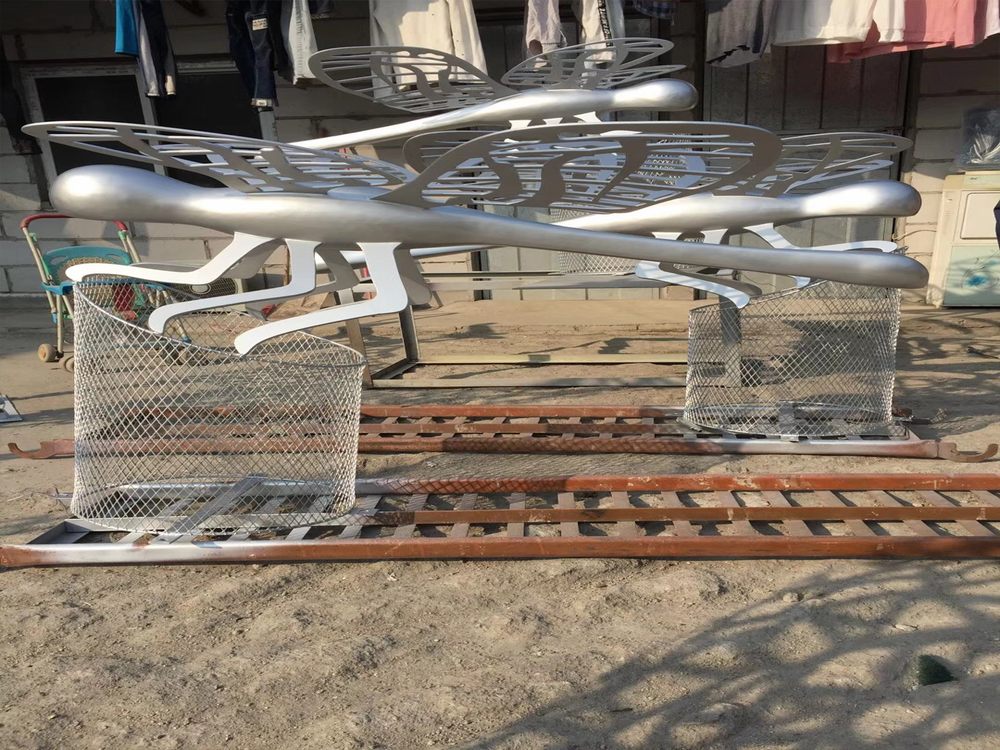
Artists are increasingly turning to modular units as a dynamic approach to creating collaborative or community-based metal sculpture projects. By designing interchangeable components, they enable multiple participants to contribute individual pieces while maintaining a cohesive artistic vision.
The process typically begins with a lead artist or team establishing a unified design framework—such as geometric shapes or abstract forms—that allows for creative interpretation. Community members or fellow artists then fabricate individual modules using cut, welded, or forged metal elements. These standardized yet customizable units become building blocks for larger installations.
Public workshops often facilitate this collaborative process, where participants learn metalworking basics while creating their contributions. The modular approach offers accessibility—beginners can craft simple components while advanced artists tackle complex elements. Projects frequently incorporate symbolic motifs representing community identity, creating artworks that resonate with local audiences.
Notable examples include urban park installations where hundreds of powder-coated steel flowers form changing landscapes, or memorial walls composed of personalized metal plaques. The modular nature allows for expansion over time, making the artwork a living document of community participation.
This methodology transforms sculpture from solitary creation to social practice, using metal's durability to create lasting monuments to collective creativity. The resulting works often become landmarks that celebrate both artistic achievement and community spirit.

